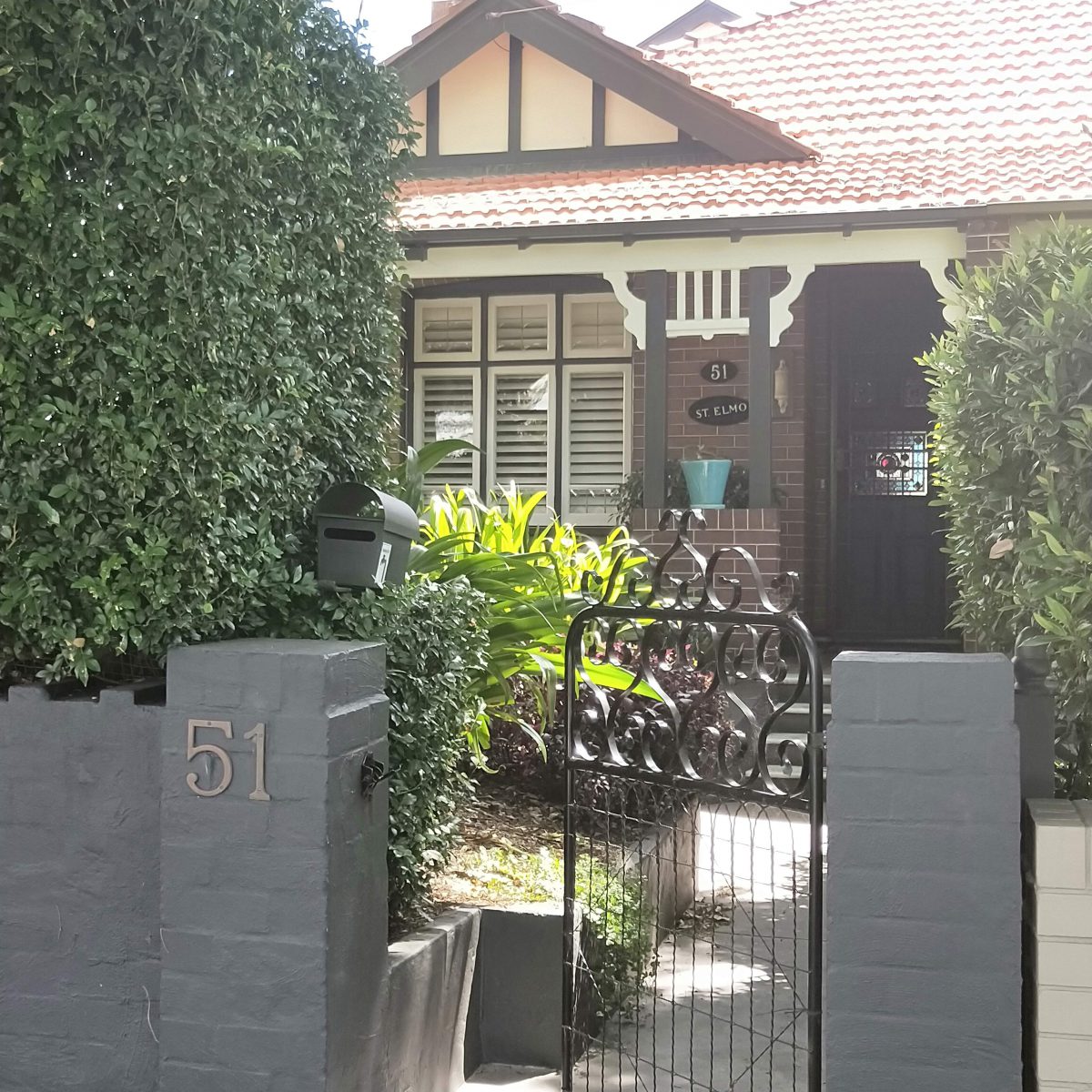
If you own one of Australia’s favourite architectural designs – Federation, Queen Anne or a Californian bungalow – then you’ll likely to know all about tuck-pointing.
It’s the art of restoring bricks, mortar and stonework by grinding back loose or compromised materials and replacing them seamlessly so your home looks as good as new.
The method dates back to the early 1900s – the boom time of period homes – and was designed to offer a neat, symmetrical brickwork to replace the more laissez fair approach used to build Victorian homes.
A century or so later, problems begin to occur for a myriad of reasons, such as shifting foundations, displaced concrete or even a metal beam that has expanded or rusted.
Tuck-pointing is a time-consuming and painstaking exercise that requires equal amounts of expertise and professional pride to do it well. That means it’s not inexpensive.
You should obtain three quotes from masons who have undertaken tuck-pointing in your area, and ask to see examples of their work.
Sometimes, you’ll get a quote to fix only the visible problems. This is known as “face” tuck-pointing, which works only if you’re trying to fix a cosmetic problem. Even then, the experts will say that technique lasts only a few years at best.
If you have a structural challenge, such as a crumbling chimney, surrounding brickwork would also be compromised. If you don’t use an experienced mason, then it’d be only a matter of time before you’re spending more money on the same problem.
Don’t favour the cheapest quote necessarily. Quality is key or you could quickly find yourself back at square one. Equally, if you want to sell, you should ask an agent whether the expense of tuck-pointing will be reflected in the sale price.
Here are a few tips:
- The clean, defined brickwork created by tuck-pointing makes a wonderful first-impression on prospective buyers. It gives them a true sense of the architectural heritage of your home.
- Prospective buyers will appreciate the value created when brickwork is restored to its former glory. They’ll buy a precious, unique home that will hold its value far better than most modern options.
- Appreciate that over a half a century or more, bricks and mortar get a battering from weather extremes. When the brickwork is compromised, damage from moisture seepage is a real risk.
- It’s possible your house received a bad batch of bricks when it was being built. The quality checks of today’s materials didn’t exist back then so be alert to this possibility.
- Don’t cheapskate on the work. Get the experts in, or you may face bigger bills down the track.
- It’s not uncommon to find pieces of mortar in your garden or in your gutters – this is a tell-tale sign that you’ve got a pretty serious problem.
- Leave it to the experts. You’ll not have the skills to diagnose the underlying problem that’s caused the damage, be able to tint the mortar appropriately or have the network to match the bricks. On top of that, tuck-pointing is tricky work often conducted on a ladder or roof, so there’s an element of danger.
